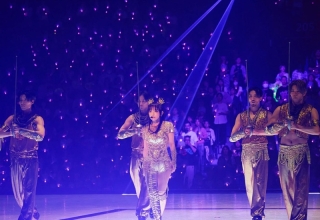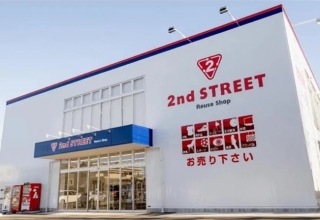The latest picture by James Cameron, “Avatar: The Way of Water,” not only placed second in Japan’s box office, but also caused its cinema projectors to malfunction.
In the Avatar sequel, the famed filmmaker utilized High Frame Rate (HFR) technology to create jaw-dropping graphics.
Unfortunately, its film projectors were incapable of handling it, resulting in technical difficulties. At the time of writing, we are unaware of the specific nature of the issue.
Many theaters across the world, including those in Japan, have not adopted HFR technology. Their projectors still adhere to the 24 FPS standard since few films utilize it.
Typically, movie theaters receive changes on a film’s format before its release date. Unfortunately, Japan’s preparations for “Avatar: The Way of Water” were inadequate.
The projectors had technical difficulties when attempting to show the film. A few parts in the film were shot at 48 frames per second, leaving many to ponder why they had problems with it.
A cinema in Nagoya attempted to remedy the issue by displaying the film at 24 frames per second. It issued the following Twitter statement:
“Originally, the IMAX version of ‘Avatar: Way of Water,’ which will be released on December 16th, was intended to be exhibited at a high frame rate (48 fps).”
“Due to different reasons, the version with the standard frame rate will be displayed. We are pleased to inform that the 24-frame-per-second version will be screened.”
Keep Reading
Nonetheless, many in the nation felt let down and sought refunds. Why do fewer movie theaters utilize HFR technology?
Because 48 frames per second might disorient many viewers, 48 frames per second is often not used for the majority of films. Additionally, situations with little to no action do not benefit from a higher FPS.
A scenario with two people conversing, for instance, does not benefit from a higher frame rate. It becomes more unneeded in actual situations.
James Cameron was aware of this constraint, therefore he utilized HFR exclusively for the fight sequences in “Avatar: The Way of Water.” The remainder of the film plays at 24 FPS.
Other directors recognize the limitations of HFR technology, hence the vast majority do not employ it in their films. Consequently, the majority of cinemas do not feel the need for an upgrade.
James Cameron is a renowned director recognized for iconic films such as “Titanic.” Currently, he pushes the limits of filmmaking with his Avatar flicks.
The first one was released in 2009 and featured hyperrealistic graphics befitting its science fiction premise. It became the highest-grossing picture of all time as a result.
Cameron published “Avatar: The Way of the Water” utilizing HFR technology in 2022. The term “high frame rate” refers to the projection of a film with 48 frames per second as opposed to the standard 24.
“Movie” is an abbreviated form of the phrase “motion picture.” Films are composed of frames that include visuals of each scene.
Projectors enable viewers to perceive motion by rapidly displaying successive frames. The standard frame rate is 24 per second.
HFR technology displays frames at double that rate, resulting in smoother action sequences than 24 FPS.
That is comparable to video games. Gamers seek faster frame rates since it enhances the appearance of action in Valorant and related games.






















